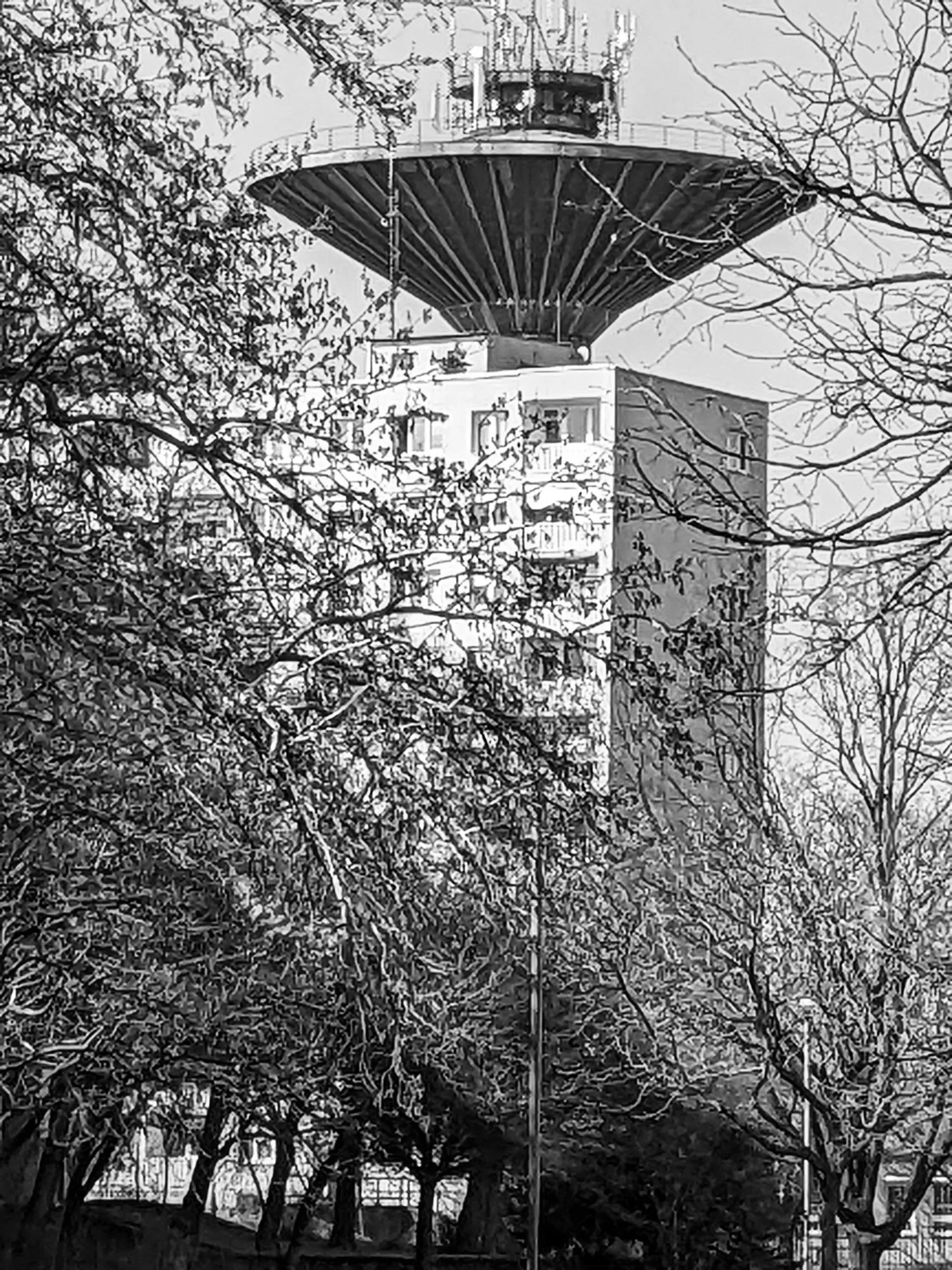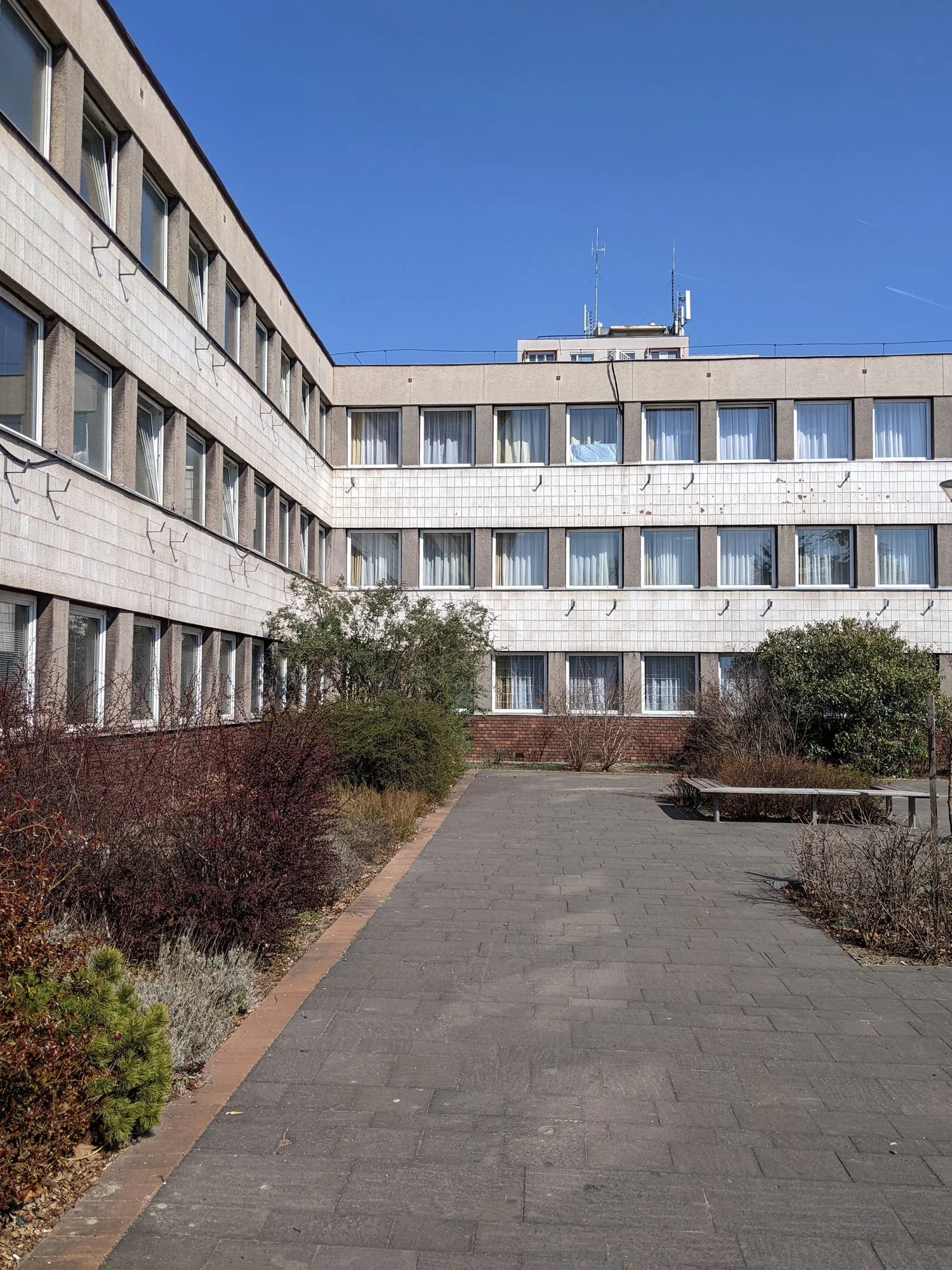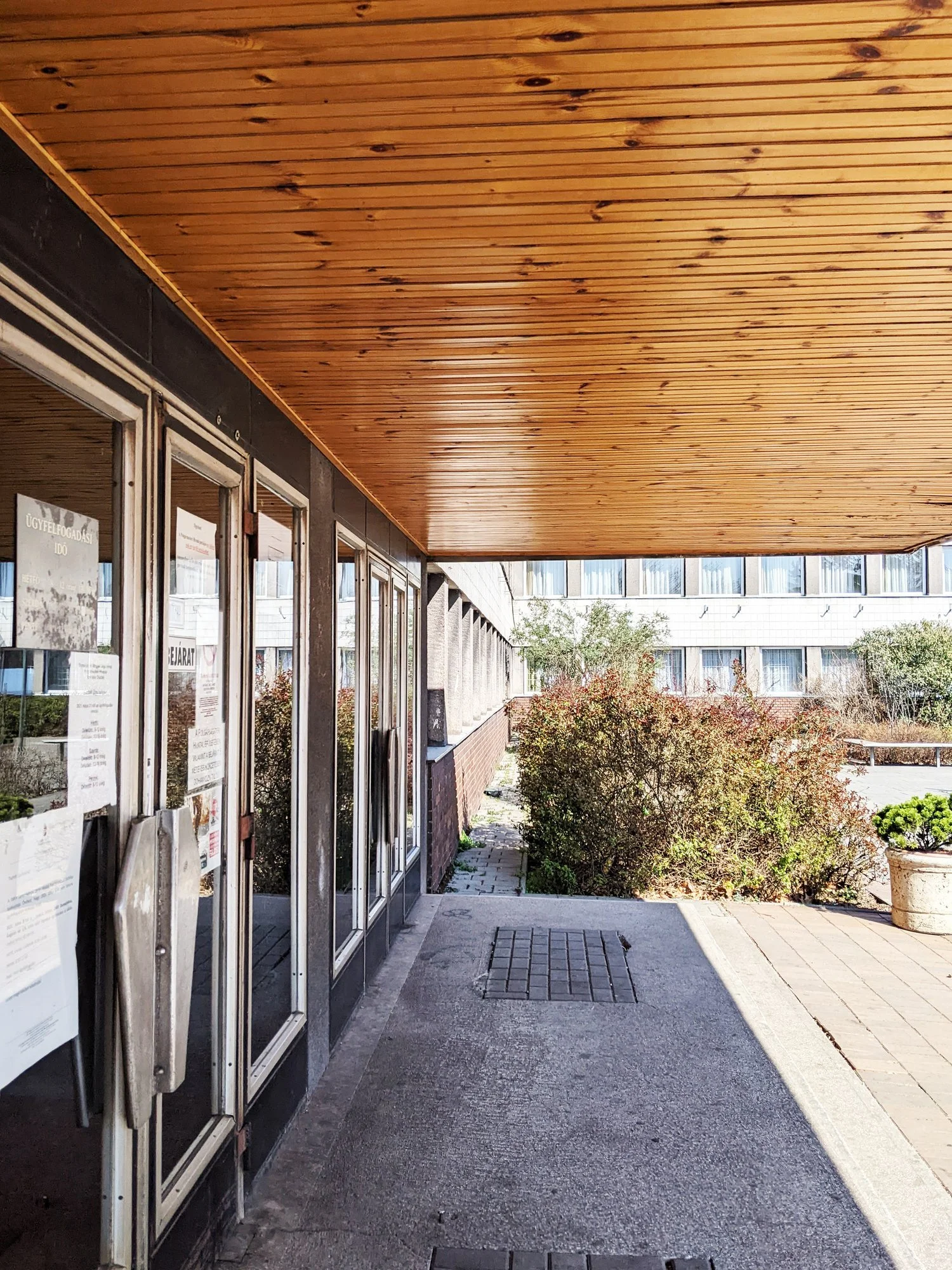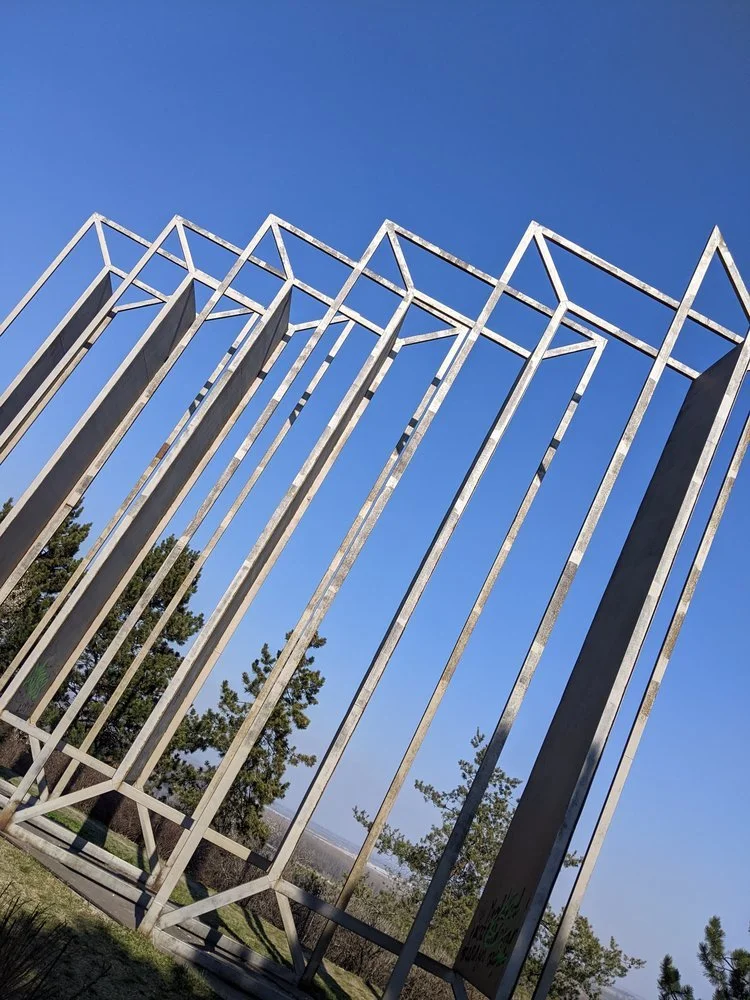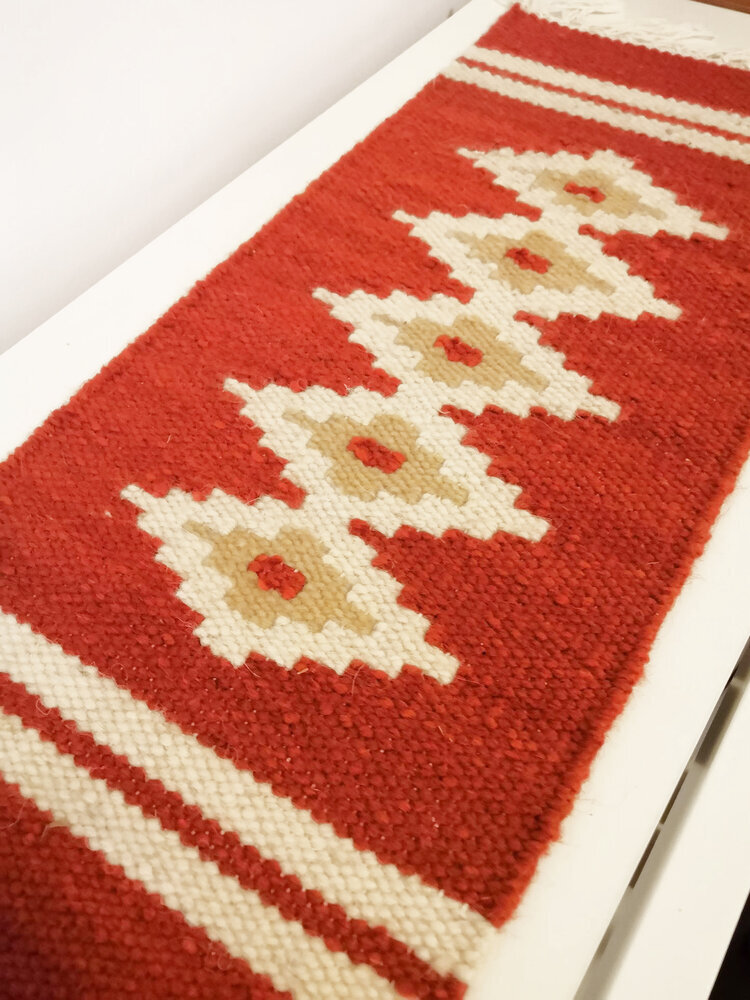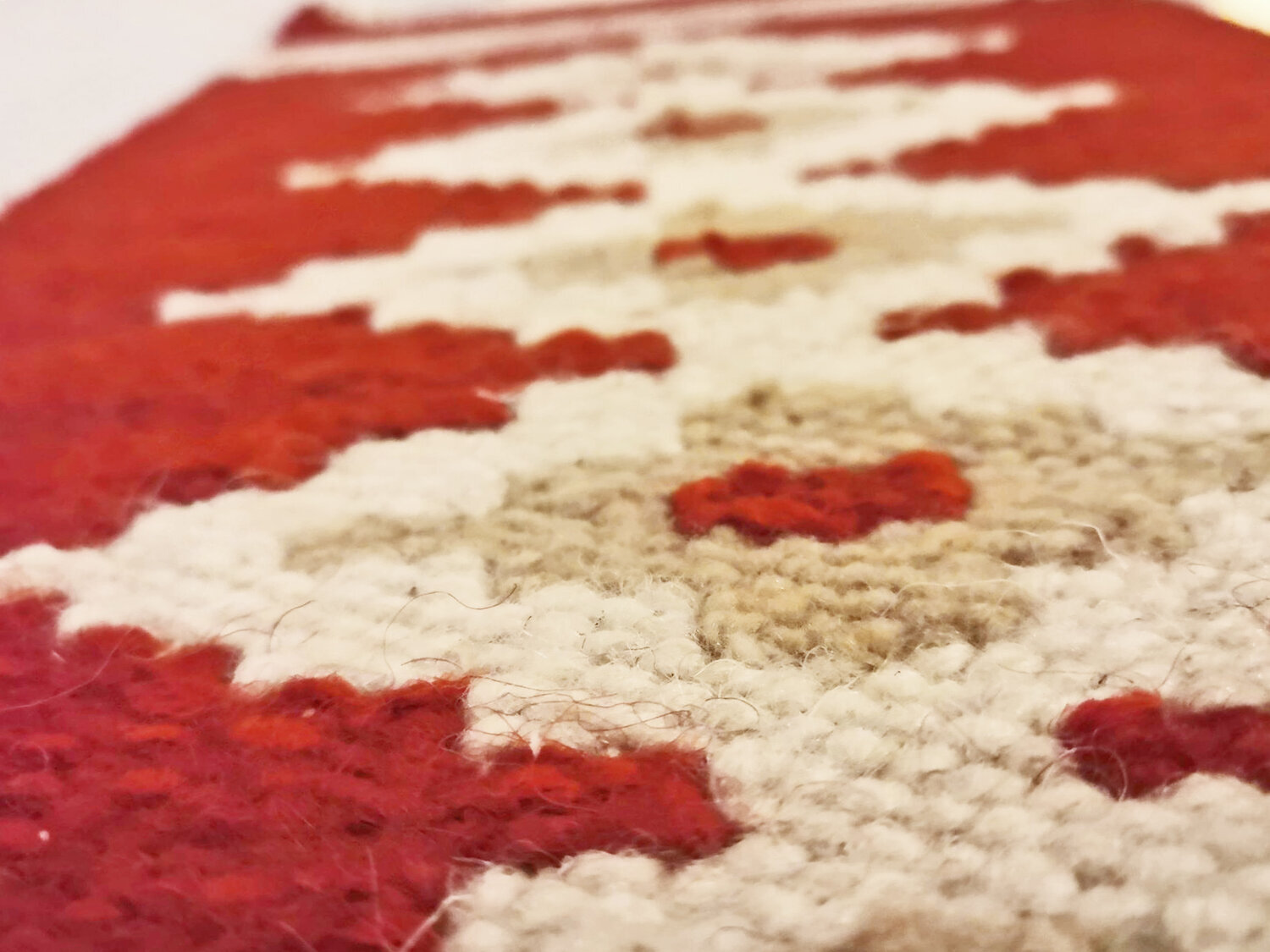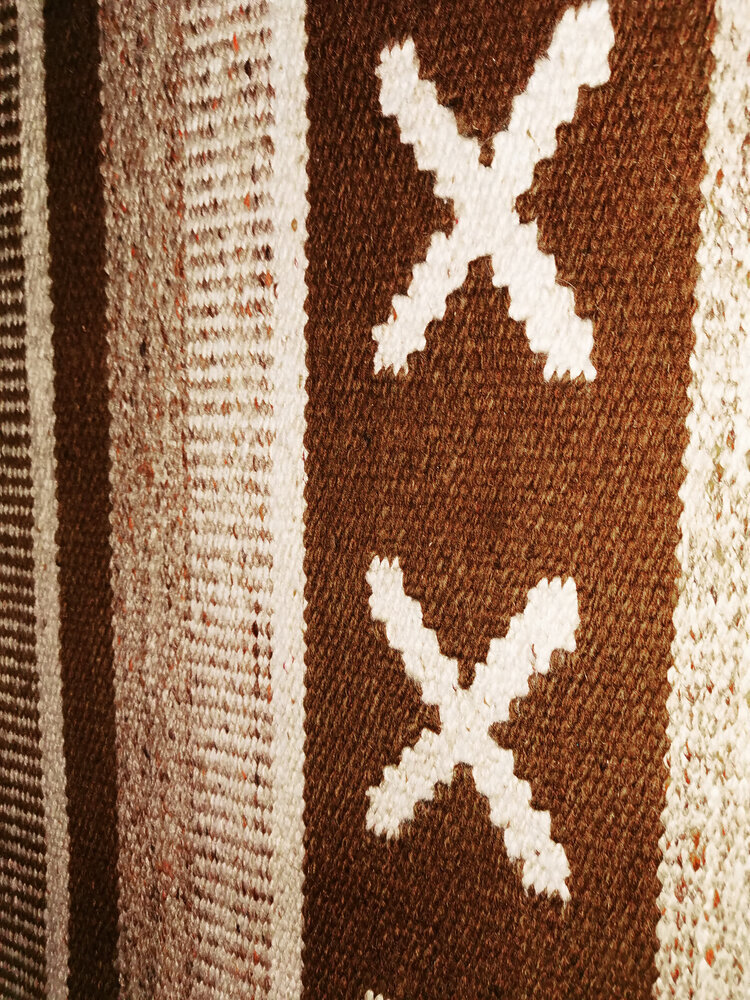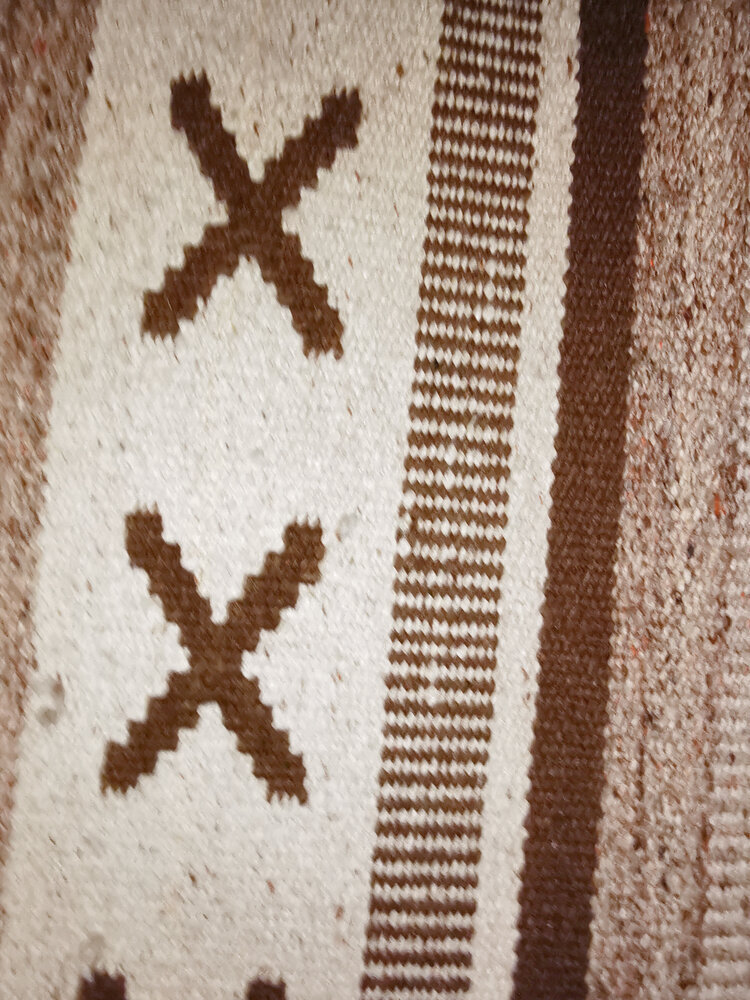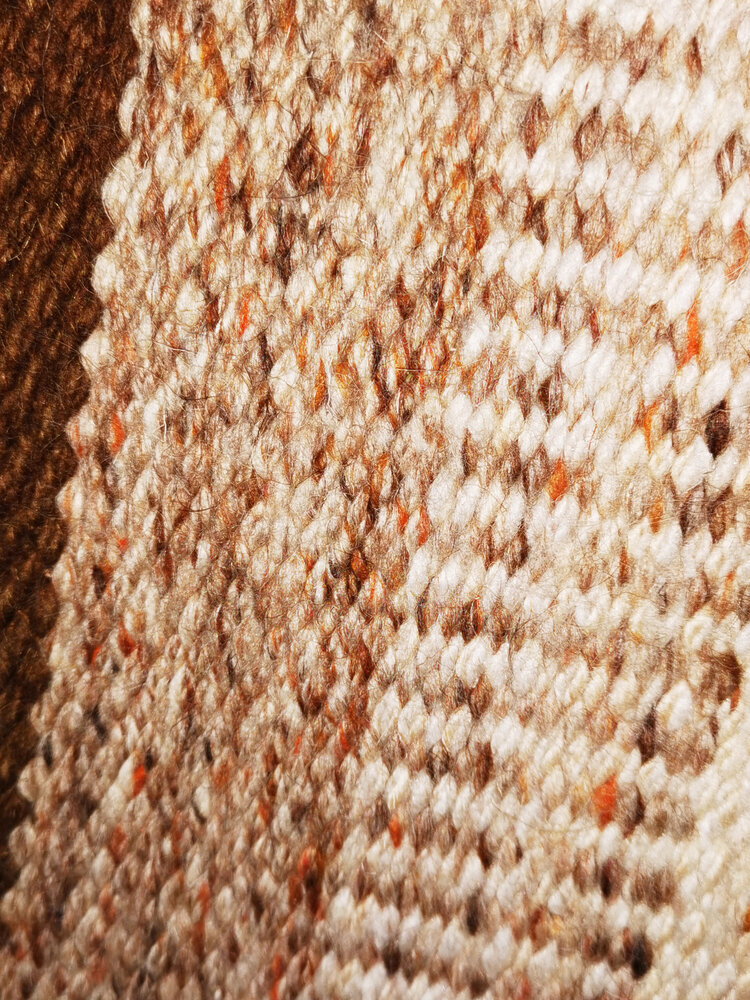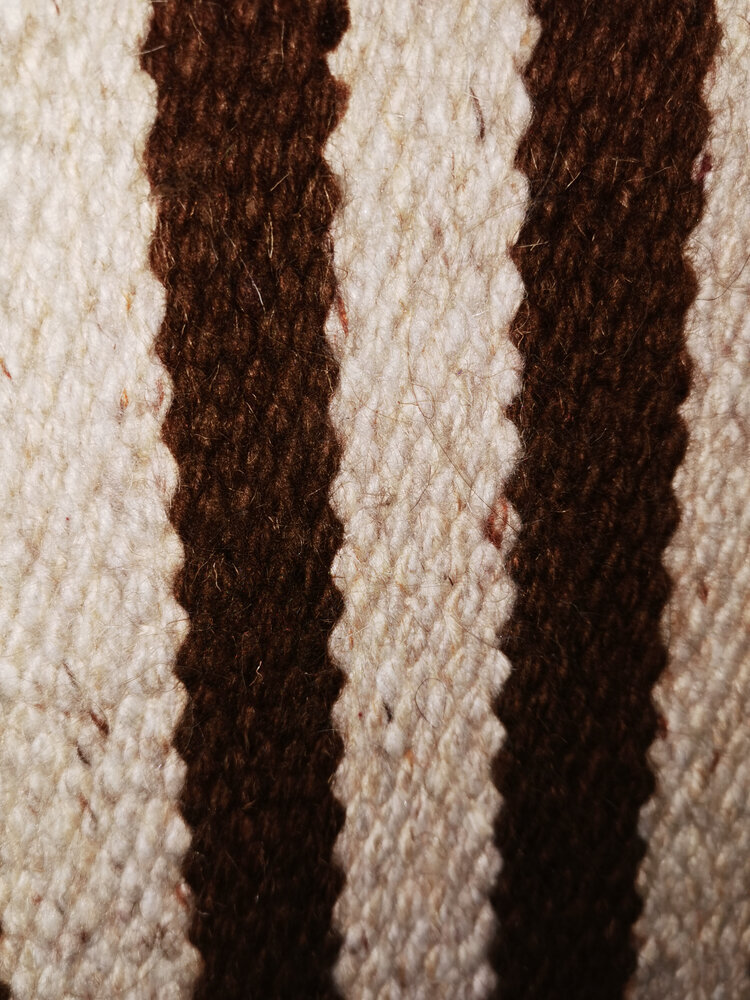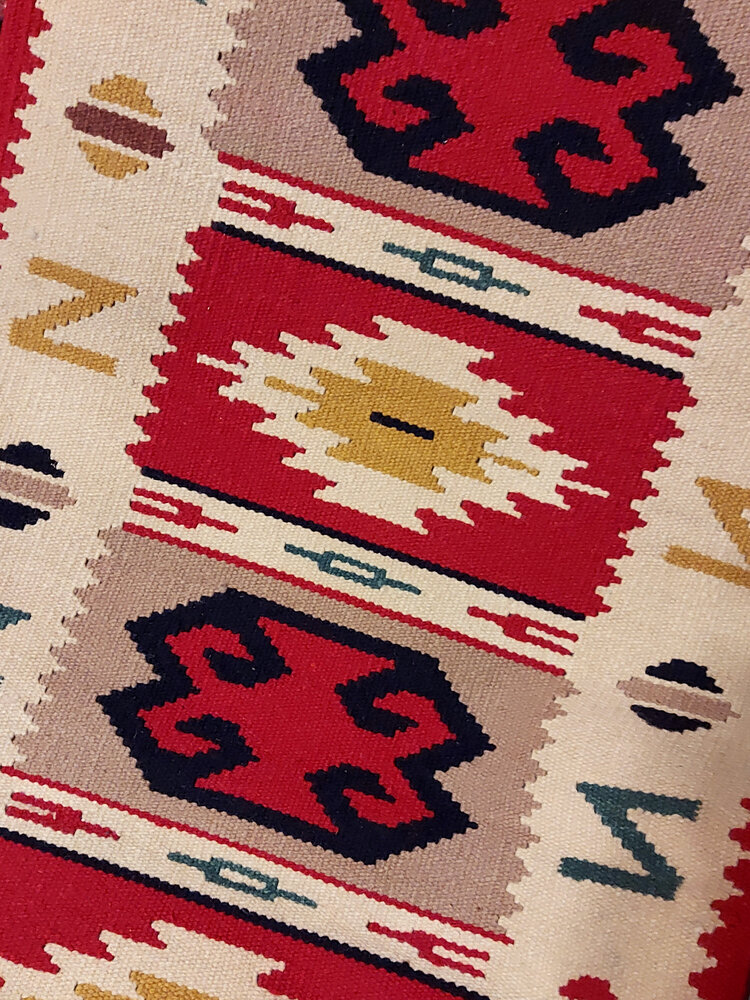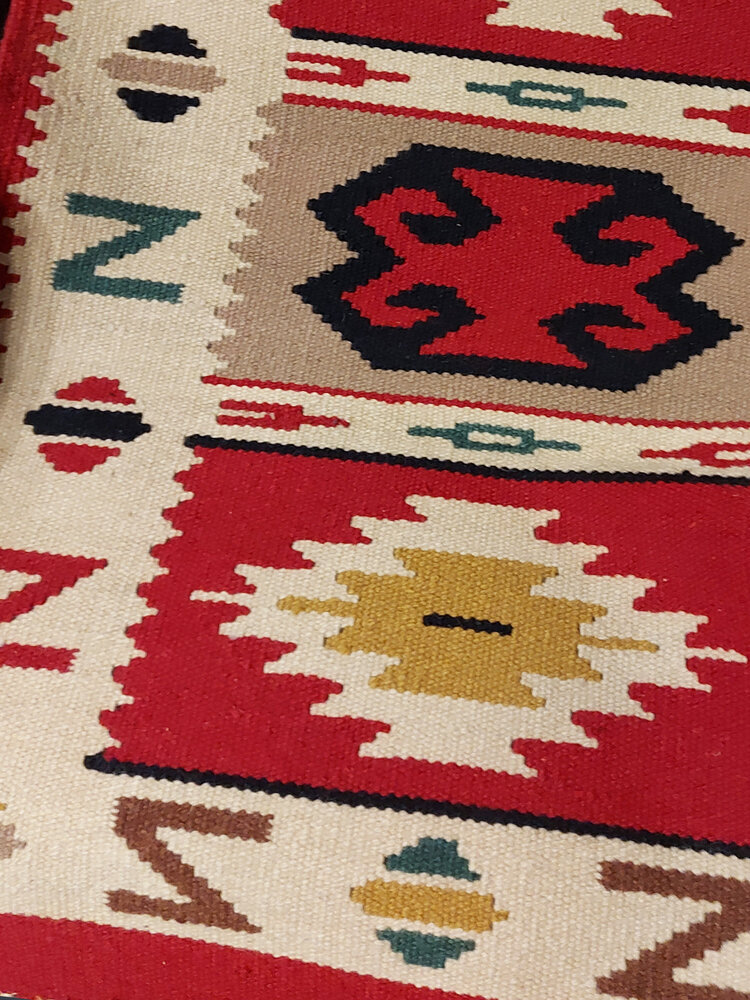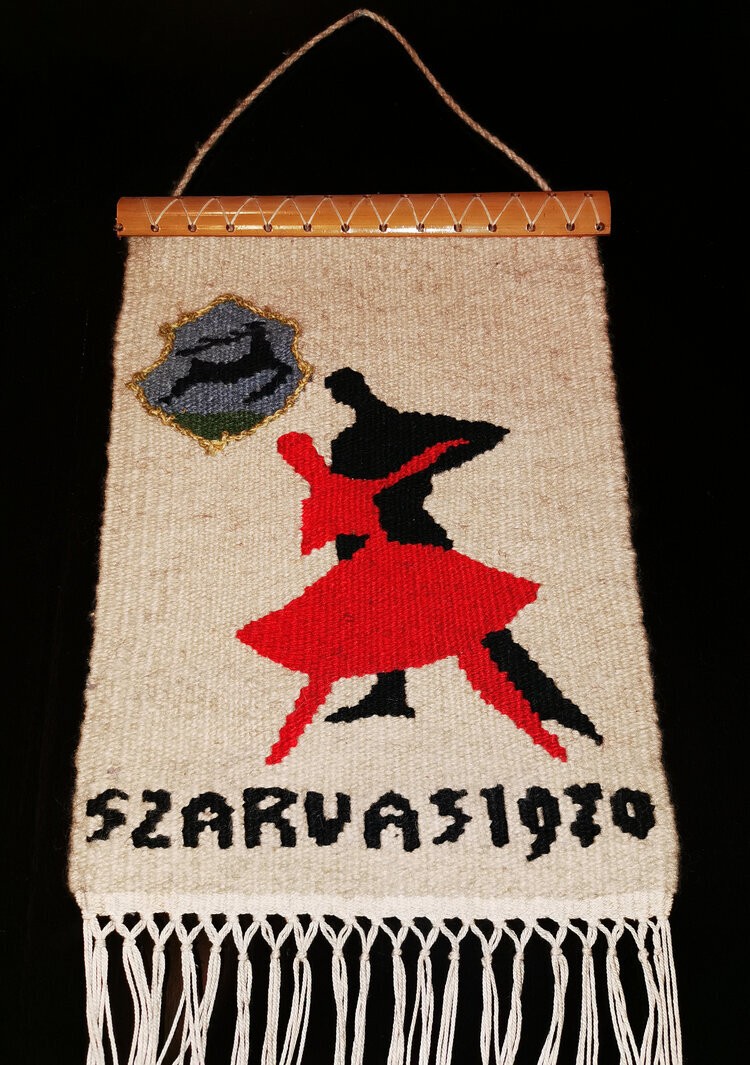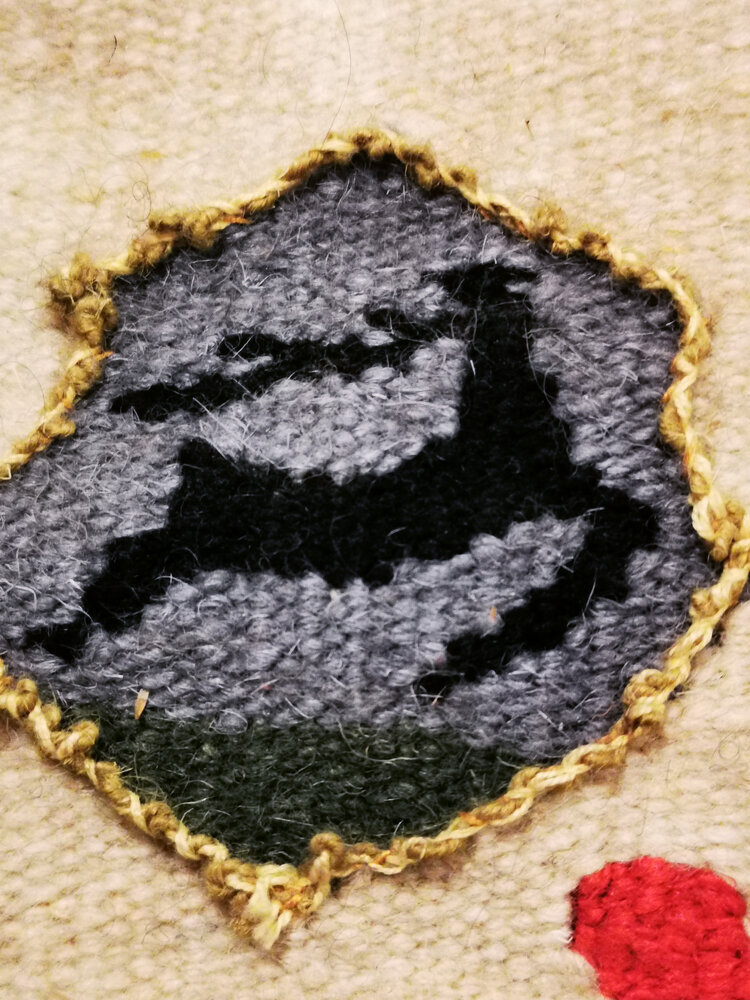as promised at the start of the year, i shall be blogging more about hungarian architecture, so here’s a long brewed post about an entire town about 70km south of budapest. dunaújváros doesn’t make the shortlist for european weekend breaks — but it should make the shortlist of any designer interested in modern architecture, pattern and systems.
originally founded in 1951 as sztálinváros (stalin city) on a medieval settlement, this hungarian new town was conceived as a fully planned socialist utopia — a postwar industrial town anchored by the danube and a massive steel and ironworks (still the largest in the country). in architectural terms, it’s a concentrated study of 20th century hungarian architecture - you will find 1950s neoclassical buildings, extended panel blocks, public buldings and kádár cubes, and of course, some post-modern too.
this lineup of residential architecture has of course an obvious reason: the ironworks. a new industrial complex of the town required a good few thousand employees to start with - with a university and the accompanying cultural life with it, it’s grown to be a city of approx 60,000 people in the 1980s (with about 40,000 still residing here.)
what’s visible is obviously how lived in it is. like many newly-built places all over eastern europe, it is dominated by panel housing blocks (panelházak) — modular concrete structures produced en masse from prefabricated panels. built for speed and scalability, they were the architectural manifestation of the socialist promise: equality through uniformity, comfort through standardisation.
i am absolutely obsessed with these forms and one day i will write a whole series on them alone i think. to a pattern designer, these facades are simply intoxicating. they are order and rhythm, made real. a whole library of windows, balconies, and seams, repeated like tiles across the skyline - very much like the housing inspired PANEL set, a deliberate, direct translation of this pattern language into modular sets.
from a distance: monotonous. up close: full of subtle variation — patched cladding, satellite dishes, repainted railings, growing trees - and that very hungarian water tower design that soften the edge of geometry. the proportion, rational form gives them a unique sense of cosiness and familiarity.
in the 1950s, the city’s earliest civic buildings were constructed in a more imperial socialist style — neoclassical proportions with murals, porticoes, and symbolic reliefs. there are a few examples of this in the town centre, but later, the tide (and a particularly revolutionary one at that - the town played an important role in the 1956 revoltion) turned from ideological to practical.
the town hall, municipal buildings and courthouse is particularly following a more international style of modernism, as socialist nations sought to express efficiency and modernity over stalinist pageantry.
the overly 20th century history does not mean it is some kind of formaldehyde-preserved version of a lost era though, there are decidedly postmodern buildings as well as the whole riverbank decorated with contemporary sculpture. i’m not from dunaújváros and i don’t have particular links here - apart from being a textile designer obsessed with geometry. i see this city as as a living sketchbook. the repetition of panels, the wide pavements and comfortable planning of spaces — it all reads like a surface design system scaled to the urban level..
in zitozza’s work, i think often about how to create order and a sense of calm through repetition. and when i block print a rug or a cushion, i am, in some abstract way, replicating that logic: starting from a repeat, introducing variation and make everything fall into place.
dunaújváros reminds me that even the most rigid, iron-cast surface can hold warmth, if you know how to read it.




